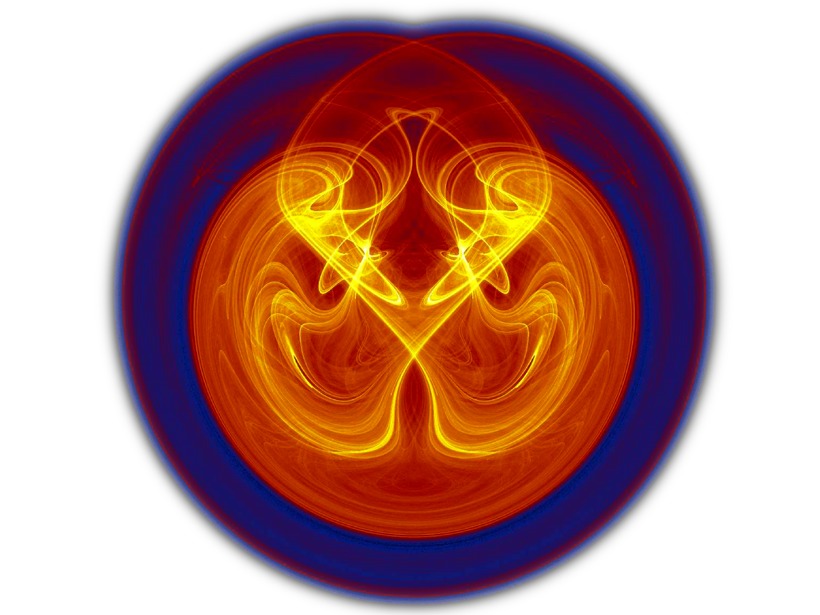Source: Earth and Space Science
Throughout the 19th and early 20th centuries, the concept of linear systems—in which any changes in output are directly proportional to modifications made to their inputs—dominated the thinking and methodology used to study the physical sciences. Following the end of World War II, however, advances in observational techniques and the development of increasingly powerful computational devices began to alter the way scientists formulate physical problems and solve them mathematically.
During the past half century, these breakthroughs led to a rapid expansion in nonlinear approaches to studying the physical sciences, a development that can only be characterized as revolutionary. The evolution of nonlinear concepts, which describe the cause-and-effect relationships in most natural systems, has significantly increased the range of inquiries geoscientists are able to address. Still, only a small number of nonlinear methodologies in the discipline currently exist, according to a recent paper by Ghil.
The author highlights a small selection of key achievements that aptly illustrate the importance of nonlinear concepts in the geosciences. These include novel insights into fluid dynamics, such as the role of multiple large-scale flow patterns in the ocean and atmosphere, which greatly improved long-range weather forecasting; applications related to geophysical turbulence and stochastic dynamical systems; the development of vacillation theory, which led to the theory of strange attractors; and the concept of networks, whose applications include modeling aspects of climate dynamics such as the changes in sea surface temperature patterns associated with the El Niño–Southern Oscillation.
By offering a broad overview of the development and application of nonlinear concepts across the geosciences, the author affords researchers from numerous disciplines an opportunity to reflect on the importance of nonlinearity for understanding geological and geophysical phenomena.
The logical next step, the author argues, is to apply the ideas he presents to the problem of prediction, which will serve as a crucial test of geoscientists’ physical and mathematical understanding of the natural world. (Earth and Space Science, https://doi.org/10.1029/2019EA000599, 2019)
—Terri Cook, Freelance Writer
Citation:
Cook, T. (2019), Celebrating a century of nonlinearity across the geosciences, Eos, 100, https://doi.org/10.1029/2019EO124533. Published on 23 May 2019.
Text © 2019. The authors. CC BY-NC-ND 3.0
Except where otherwise noted, images are subject to copyright. Any reuse without express permission from the copyright owner is prohibited.

